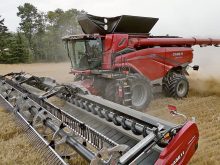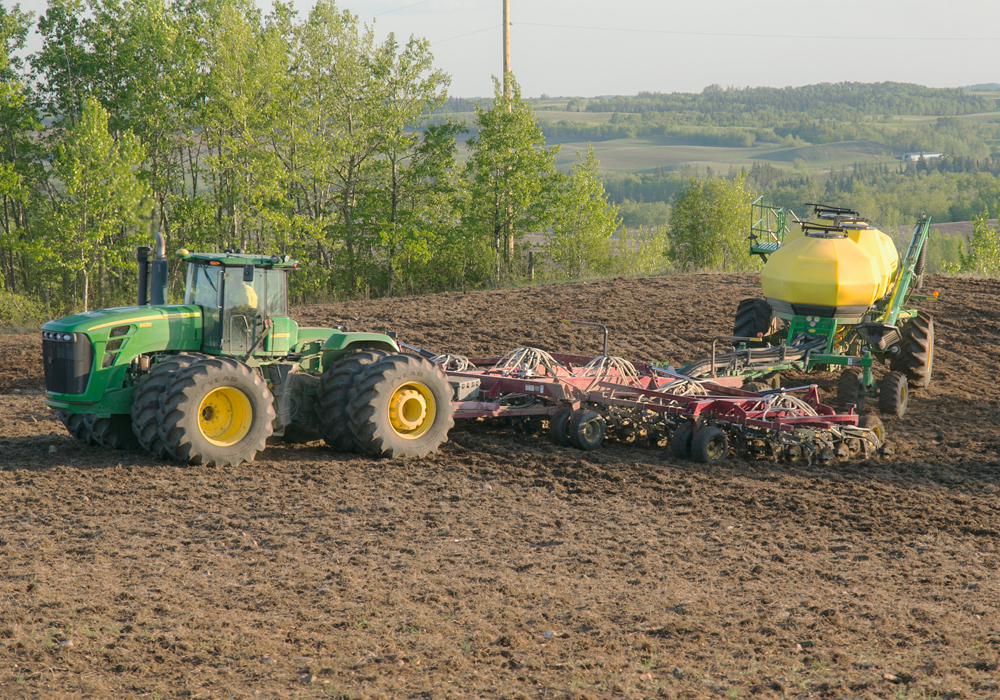The death of a cow has Saskatchewan farmers Neil and Mary Bartsch searching for answers.
The Bartsches, who farm near Warman, Sask., found a two-year-old cow dead in a pasture they rent north of Saskatoon.
Mary Bartsch said the cow’s genitals were removed, its teats removed flush with the udder and one ear was gone.
The carcass also had a large circular hole in the neck area and its tongue had been removed.
Veterinarians who examined the carcass last week said the cow was likely mutilated by coyotes, dogs, birds or other scavengers.
Read Also

Russian wheat exports start to pick up the pace
Russia has had a slow start for its 2025-26 wheat export program, but the pace is starting to pick up and that is a bearish factor for prices.
When scavenging animals find a carcass, they commonly begin feeding on soft tissue around the anus or the udder.
John Campbell, a veterinarian from the Western College of Veterinary Medicine at the University of Saskatchewan, inspected the carcass.
He said the cause of the animal’s death is unknown but the damage to the carcass was nothing unusual.
“There were certainly some very typical signs of scavenging,” he said.
Campbell inspected the animal’s spleen but saw nothing abnormal.
Earlier this year, the Bartsches lost a healthy calf on the same pasture.
That animal’s body was badly decomposed by the time it was discovered. As a result, the cause of its death is also unknown.
Mary Bartsch said she and her husband doubt scavengers were responsible for killing or mutilating the cow.
Damage to the carcass suggests humans were responsible, she said.
“Predators would tear at the meat and the skin,” she said.
“This looks like it was all done with a razor sharp type of knife.”















